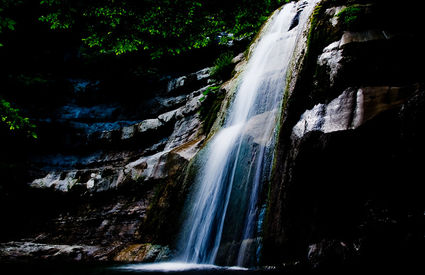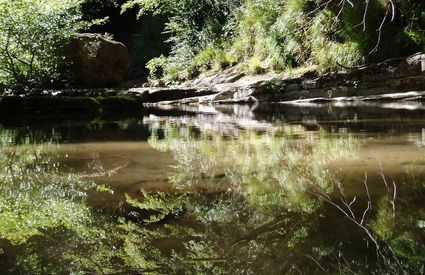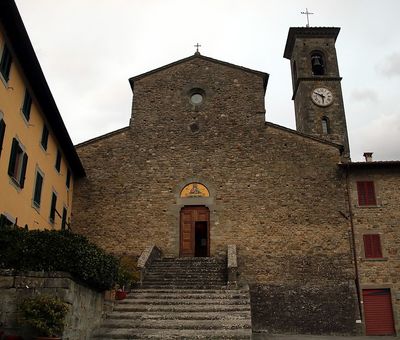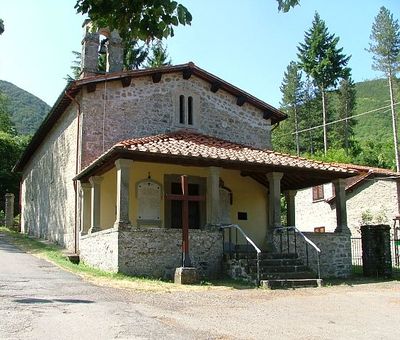The meeting that changed history
The heart of the town is the splendid Abbey dedicated to San Gaudenzio, built in 1028 at the behest of
the bishop of Fiesole, Jacopo il Bavaro. In 1070, Bishop Trasmondo, a patron of embellished
works, consecrated the new church and entrusted it to the Benedictines. On June
8, 1302, a famous meeting was held in the Abbey that’s also remembered in the history
of Italian literature: the conference of
the Florentine exiles, the Ghibellines and the White Guelphs. Notably,
Dante Alighieri is among the names. The goal was to be able to come to an
agreement with the Ubaldini in order to return to Florence, at that time
dominated by the Black Guelphs. The deliberations were unsuccessful. Shortly
thereafter, there was a bitter clash between Whites and Blacks. The former were defeated
and Dante decided to break away from his Florentine companions (who he
considered to be evil and foolish) and to take off for himself (as he
recalls in the Divine Comedy).
Andrea, the painter from Castagno
The date is not certain, some say 1421, but it was here, in
the hamlet of Castagno, that Andrea di Bartolo di Bargilla, known as Andrea del
Castagno, was born. He was one of the leading
figures of Florentine painting in the mid 15th century. There are rather unflattering descriptions of his person and character.
Vasari, for example, describes him as a "rude and terrible man". Andrea
had a brother and a sister, who both left Castagno during the war between
Florence and Milan following the destruction of their home. They subsequently
moved to nearby Mugello. We don’t know anything for sure about his artistic
education or early activity. The oldest work, mentioned in sources that have
now been lost, are the frescoes on the
facade of the Palazzo del Podestà in Florence depicting the hanged members
of the Albizzi family, guilty of treason after the battle of Anghiari.







